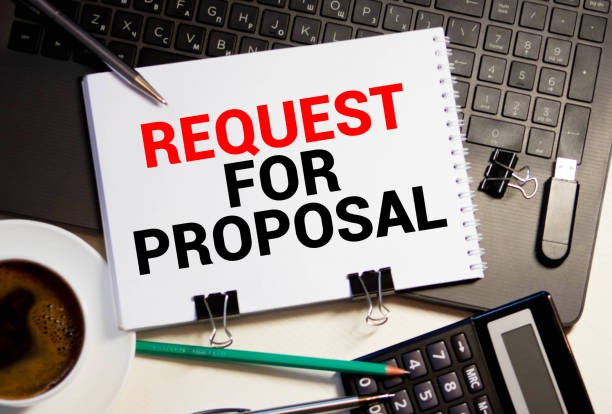Responding to an RFP can be a challenging and intricate process for any organization. It demands a tactical approach, a coordinated team effort, and a streamlined workflow to increase the chances of winning a bid. With the right strategies and tools in place, companies can optimize their RFP response process and enhance their win rates. Keep reading to unlock the full potential of your organization’s response strategy.
Leveraging Technology for Improved RFP Response Management
Advancements in technology play a pivotal role in streamlining the RFP response process. Using specialized software can automate repetitive tasks such as data entry, formatting, and compliance checks, freeing up valuable time for more complex and strategic activities. These tools are designed to reduce the effort and time associated with manual processes and enhance accuracy in the response submission.
For instance, meeting RFP management criteria often involves sorting through copious amounts of data and documents. Implementing a content management system enables teams to organize this information systematically and retrieve it with ease. A repository of previous responses and templates also accelerates the process of drafting a customized reply to each new RFP.
Many organizations benefit from deploying project management tools that track progress, assign tasks, and send reminders. These systems are invaluable for maintaining oversight of the entire RFP response process, ensuring adherence to deadlines, and efficiently managing team workloads. By providing visibility into each stage, these tools help prevent bottlenecks and improve overall coordination.
Streamlining Internal Communication to Enhance RFP Response Efficiency
Efficient internal communication is the linchpin of a robust RFP response process. Setting up a central communication hub, whether a shared document platform or a specialized project management tool, can significantly reduce misunderstandings and keep the entire team on the same page. These collaborative spaces allow for real-time updates and changes, ensuring team members have access to the latest information.
Regularly scheduled meetings, whether in-person or virtual, facilitate the consistent flow of ideas and provide an opportunity to address project challenges swiftly. Any roadblocks can be discussed, and solutions can be collectively derived, maintaining the momentum of RFP response development. These touchpoints also serve to foster a collaborative spirit, keeping the team engaged and motivated.
The RFP response team should also have clear communication protocols in place, defining how information is shared and who needs to be informed about specific developments. Clarity in roles and the flow of information reduces uncertainties and overlaps in tasks, enhancing the overall productivity of the team. These guidelines also help in maintaining the confidentiality of sensitive information, which is often a critical aspect of RFP responses.
Crafting Winning Content for Your RFP Responses
The content of your RFP response can make or break your chances of securing a contract. It is paramount to articulate your organization’s distinctive capabilities and align them with the client’s requirements. Thoughtfully crafted responses that address the client’s pain points, while offering clear and quantifiable benefits, establish your value proposition convincingly.
Persuasive writing requires a balance between technical details and compelling narratives. The team involved in drafting the RFP response must possess domain knowledge to explain complex solutions with clarity. Moreover, case studies and testimonials can be powerful tools to substantiate your organization’s claims and past performance.
Crucial as well is to ensure the response adheres to any specified format and structure outlined in the RFP. This not only reflects well on your organizational skills but also facilitates the evaluator’s task, potentially aiding in a favorable outcome. In addition, meticulous proofreading to eliminate errors and ensure consistency portrays professionalism and attention to detail.
Measuring Success: Key Metrics in RFP Response Management
Evaluating the effectiveness of the RFP response process is vital for continuous improvement. Key performance indicators (KPIs) such as win rate, response time, and client feedback provide tangible metrics to gauge the success of your efforts. Monitoring these KPIs can help identify areas that need refinement and those that demonstrate competitive strength.
Beyond just measuring outputs, organizations should also analyze the processes that lead to those outcomes. Efficiency metrics like turnaround time for drafts, number of revisions, and time spent per section can pinpoint bottlenecks and areas increasing labor unnecessarily.
Overall, managing the RFP response process requires a strategic approach encompassing detailed planning, efficient communication, advanced technology utilization, compelling content creation, and careful success measurement. By incorporating these tips and strategies, organizations can elevate their RFP response efforts, ensuring not just a competitive submission but a methodology that paves the way for business growth and client acquisition.
Keep an eye for more latest news & updates on Buzz Slash!




